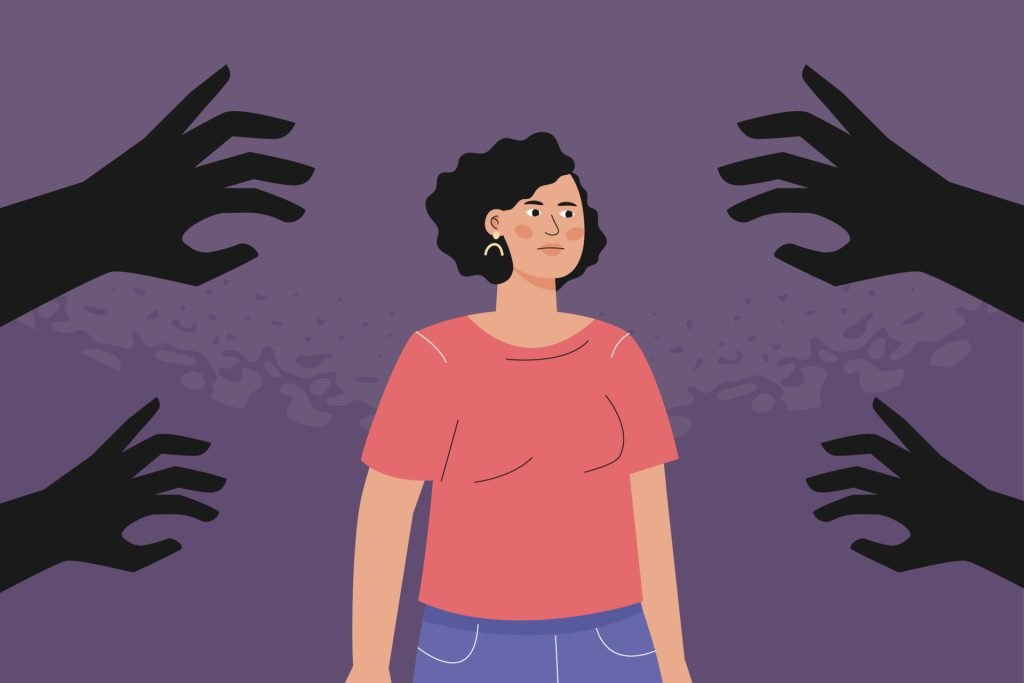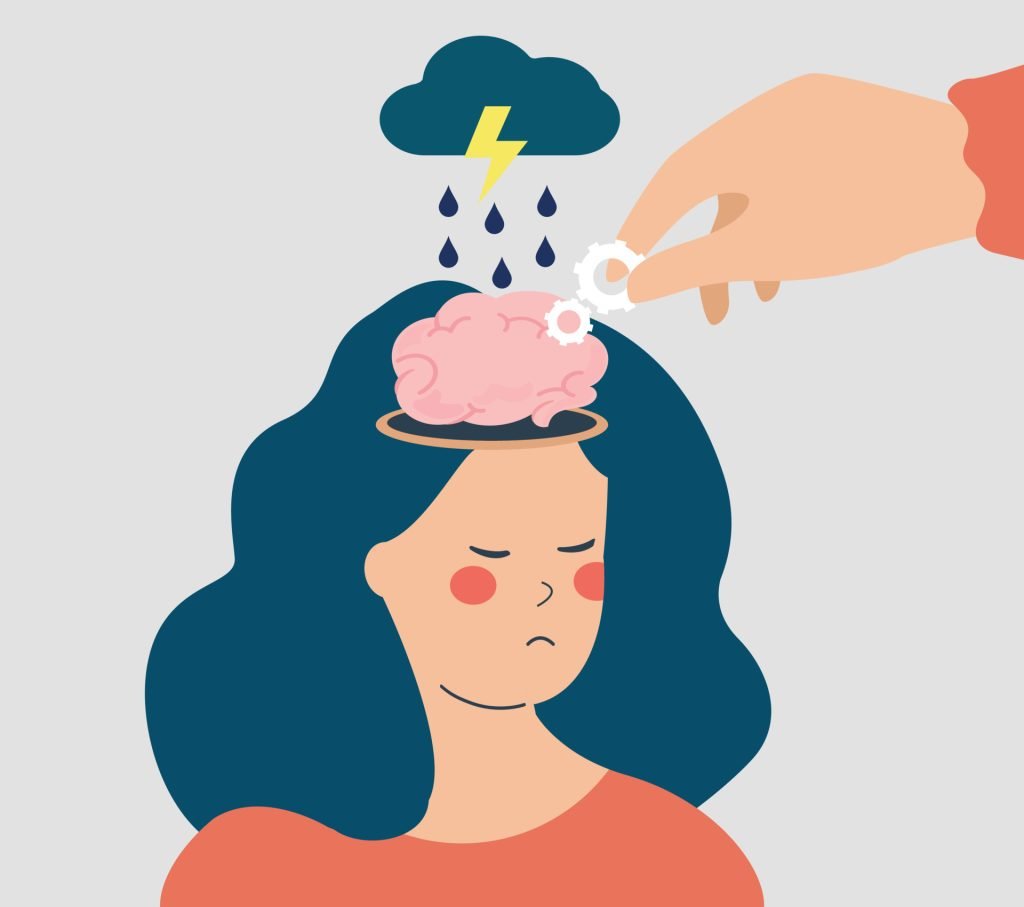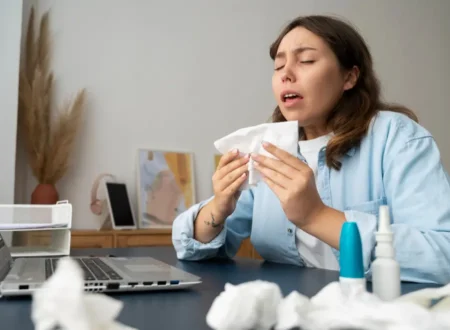Any sort of addiction is bad for one’s health. Addictions such as Drugs, alcohol, smoking, or even self harm. The human body reacts to this addiction differently, and each time, our brain processes the same type of pleasure in it. Besides all of the Nobel addictions, i.e., drugs and alcohol, self harm is less popular, and a group of people doesn’t recognize it as an addiction. Today, we will learn about this addiction, why people harm themself, whether self harm is an addiction, and what are the treatments of it.
Let’s start with the understanding of self harm.
What is Self Harm Addiction?

A type of addiction in which a person consciously hurts themselves for the sake of pleasure. Although we know the effects of hurting ourselves, somehow, people love to do it. Self harm is not itself an addiction, but people do it multiple times as a stress reliever.
Some common signs of self harm addictions can be cutting, injuries or burning e.t.c. Some studies have correlated this addiction with suicidal acts, but there is some difference in it. In the case of suicide, people want to give up on their lives and kill or hang themselves purposely. Suicide can be an extreme level of self harm, but it is not the same as self harm.
In the latest research, the data has shown that the self harm rate is increasing in teenagers (18 – 25) by 99.8% from April 2019 to 2020. According to the data, every teen is addicted to some self harm at an early age.
Is Self Harm An Addiction?

In the mental health community, people are always arguing that self harm is addictive. Self harm and addiction share some behaviors, like doing it over and over again and feeling better for a short time, but it’s hard to say for sure if self harm is an addiction.
Self harm, unlike material addiction, usually involves a variety of ways to deal with problems instead of relying on outside substances. People may also not want to label it as an addiction because of the social stigma and beliefs that surround it.
There are some similarities, but to fully understand, we need to look at a wide range of psychological, neurological, and trauma-related factors. Recognizing and addressing these complexities is important for coming up with effective ways to help people who are struggling with self harm.
Signs of Self Harm

According to the data, this addiction is popular in the teen age. The signs of self harm are noticeable, and easy to observe. Below are some signs of self harm:
Full-sleeve dressing: Even in the summer, the teen wears full-sleeved jeans or shirts. Sleeved dresses can hide wounds or cutting signs on the body. Thus, by doing that, we must check up on them and inform them about this behavior.
A feeling of helplessness: A self harm, an addictive person can express feelings of helplessness and may not find help from others. They can also experience the feeling of being worthless and want to hurt themselves quickly. We may observe the same feelings in the depressed person, thus a huge chance for them to develop the habit of self harm
Excusing over injuries: The teens lie about their injuries and label them as an accidental approach. Teens know that it is bad for their health and thus make an excuse to accept this thing.
Withdraw from family and friends: Self-obsession, no confidence, and avoiding each person can be signs of depression, anxiety, and self harm. Please show them some sympathy and try to talk with them in a calm and nonjudgmental environment.
Negative Emotions: A person shows negative emotions such as anger, suicidal thoughts, hopeless talks, and aggression over simple things.
How does our brain react to self harm?

This is the extreme behavior in which a person consciously hurts themselves. Our brain tends to differentiate between pleasure and pain and immediately sends signals to avoid this activity. But how does our brain cope with that behavior?
Our brain does not stop developing until the age of 25, and those in their early 20s find it difficult to manage their emotions. A person with trauma is at higher risk of harming themselves. Stress is a major reason behind this addiction, and people may have different ways to control it. For some people, this is one of the ways to control their stress, and they may feel pleasure, calmness, and ease after harming themselves and reliving their stress sideways.
When we get pleasure from any activity, i.e food, exercise, or self harm, our brain releases dopamine, and we get the reward from it. The higher the dopamine level, the higher the chances of getting addicted to that behavior.
Treatments of Self Harm: How can we avoid?

To treat and stop self harm, you need to take a comprehensive, multidimensional method that looks at the underlying causes of the behavior. Here are some ways to treat and stop it from happening:
Professionals help for mental health:
Talk to mental health professionals, like psychologists, psychiatrists, or counselors, for help. They can give you specialized care and therapeutic treatments.
CBT (Cognitive behavioral therapy)
CBT is a therapy method that has been shown to help people who are hurting themselves recognize and change the bad thoughts and behaviors that are causing them to harm themselves.
DBT (Dialectical behavior therapy)
Mental health methods called cognitive behavioral therapy (CBT) and mindfulness are both used in DBT. It works exceptionally well for dealing with self-destructive habits.
Supporting groups:
Support and therapy groups where people talk about their problems and how they deal with them can help people feel like they are part of a community and understand each other better.
Setting up healthy ways to deal with stress:
To deal with stress, emotions, and tough scenarios, learn and practice different coping methods. Some examples of this are practicing awareness, deep breathing, or creativity.
Finding the Triggers:
Talk to a mental health worker about what makes you want to hurt yourself and come up with ways to deal with or avoid those things.
Making a safety plan:
Work with mental health workers to make a personalized safety plan that spells out exactly what to do when you have suicidal thoughts.
Learn more about : How to Help Someone With a Porn Addiction.
Conclusion
As a final observation, self-harm behaviors are not an addiction. While it shares some behavioral similarities with traditional addictions, it remains a topic of debate due to its distinct nature, association with coping mechanisms, and negative societal perception. Adolescents, in particular, may exhibit signs such as concealing wounds and withdrawing from social interactions. The brain’s response, involving dopamine release, adds complexity to understanding self-harm. Addressing this issue requires a comprehensive approach involving professional mental health assistance, therapeutic interventions, and healthy stress management techniques. Effective treatment necessitates an understanding of the psychological, neurological, and trauma-related aspects involved. Societal efforts to promote knowledge, empathy, and open communication can help reduce stigmas surrounding self-harm and facilitate early intervention and robust support systems. This fosters a more compassionate and understanding community.







